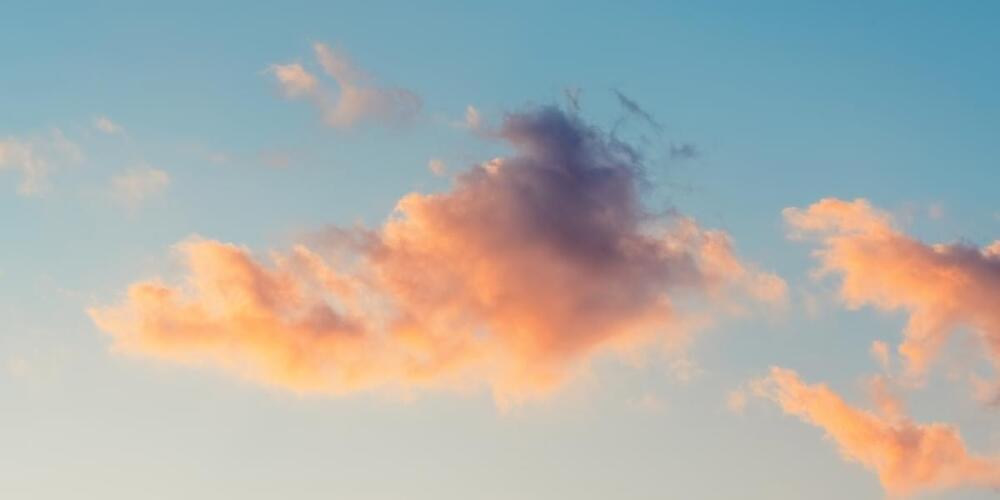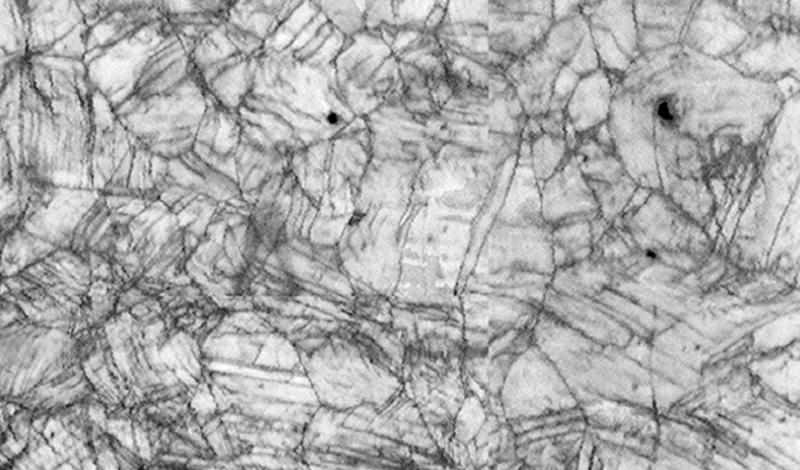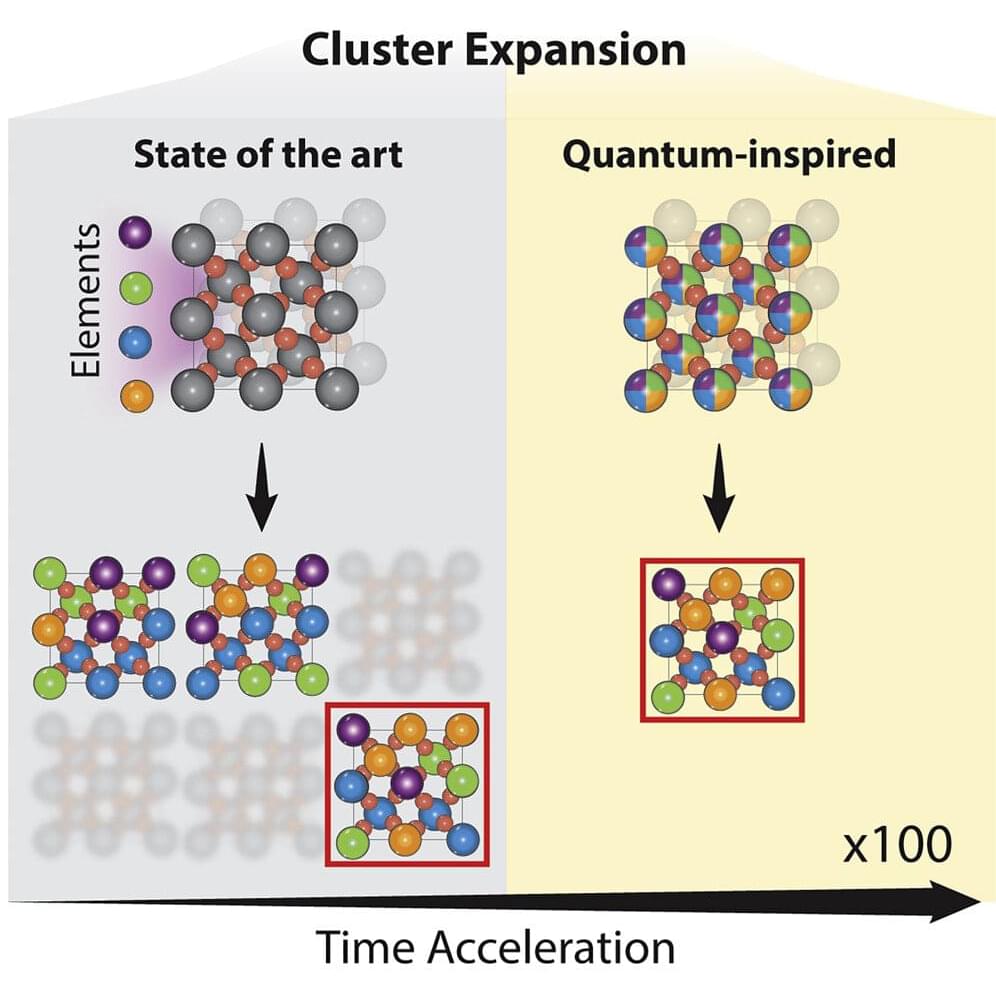Make Sunsets is already attempting to earn revenue for geoengineering, a move likely to provoke widespread criticism.



In physics, weak microwave signals can be amplified with minimal added noise. For instance, artificial quantum systems based on superconducting circuits can amplify and detect single microwave patterns, although at millikelvin temperatures. Researchers can use natural quantum systems for low-noise microwave amplification via stimulated emission effects; however, they generate a higher noise at functionalities greater than 1 Kelvin.
In this new work, published in the journal Science Advances, Alexander Sherman and a team of scientists in chemistry at the Technical-Israel Institute of Technology, Haifa, used electron spins in diamond as a quantum microwave amplifier to function with quantum-limited internal noise above liquid nitrogen temperatures. The team reported details of the amplifier’s design, gain, bandwidth, saturation power and noise to facilitate hitherto unavailable applications in quantum science, engineering and physics.
Get the CuriosityStream x Nebula bundle deal for just 11.59 https://curiositystream.com/realengineering.
Watch this video ad free on Nebula: https://nebula.tv/videos/realengineering-nuclear-fusion-is-changing-helion.
Links to everything I do:
https://beacons.ai/brianmcmanus.
Get your Real Engineering shirts at: https://standard.tv/collections/real-engineering.
Credits:
Writer/Narrator: Brian McManus.
Editor: Dylan Hennessy.
Animator: Mike Ridolfi.
Animator: Eli Prenten.
Sound: Graham Haerther.
Thumbnail: Simon Buckmaster.
Select imagery/video supplied by Getty Images.

“The toughness of this material near liquid helium temperatures (20 kelvin, −253°C) is as high as 500 megapascals square root metres,” said Robert Ritchie, Professor of Mechanical Engineering at Berkeley and study co-author. “In the same units, the toughness of a piece of silicon is one, the aluminium airframe in passenger airplanes is about 35, and the toughness of some of the best steels is around 100. So, 500, it’s a staggering number.”
The team’s new findings, alongside other recent work on HEAs, may force the materials science community to reconsider long-held notions about how physical characteristics give rise to performance.
“It’s amusing, because metallurgists say that the structure of a material defines its properties, but the structure of the CrCoNi is the simplest you can imagine – it’s just grains,” explained Ritchie.

Researchers from the University of Toronto’s Faculty of Applied Science & Engineering and Fujitsu have developed a new way of searching through ‘chemical space’ for materials with desirable properties.
The technique has resulted in a promising new catalyst material that could help lower the cost of producing clean hydrogen.
The discovery represents an important step toward more sustainable ways of storing energy, including from renewable but intermittent sources, such as solar and wind power.
So we designed CAR-T cells to produce IL-2 using synNotch. Now, when a CAR-T cell encounters a tumor, it produces IL-2 within the tumor instead of outside it, avoiding causing harm to surrounding healthy cells. Because synNotch is able to bypass the barriers tumors put up, it is able to help T cells amp up and maintain the amount of IL-2 they can make, allowing the T cells to keep functioning even in a hostile microenvironment.
We tested our CAR-T cells modified with synNotch on mice with pancreatic cancer and melanoma. We found that CAR-T cells with synNotch-induced IL-2 were able to produce enough extra IL-2 to overcome the tumors’ defensive barriers and fully activate, completely eliminating the tumors. While all of the mice receiving synNotch modified CAR-T cells survived, none of the CAR-T-only mice did.
Furthermore, our synNotch modified CAR-T cells were able to trigger IL-2 production without causing toxicity to healthy cells in the rest of the body. This suggests that our method of engineering T cells to produce this toxic cytokine only where it is needed can help improve the effectiveness of CAR-T cells against cancer while reducing side effects.

Balancing management ability and technical expertise is an active debate in the software industry, where, depending on whom you ask, an engineering manager’s interest or ability to code is dependent on whether the team is able to operate without them. Scott Berkun, the author of “Making Things Happen: Mastering Project Management,” told SD Times he believed the two disciplines were somewhat oppositional: “Coding requires intense uninterrupted concentration, while management requires dealing with constant interruptions and context switching.”
“Being able to do both is not something that a lot of people can do in practice.”
Berkun isn’t wrong — the incredible focus and discipline one must have to constantly write, test, and execute code in production are very different attributes to those of a manager. And just because someone is a high-performing employee doesn’t mean they can or should become a manager. Being in charge of employees is a unique skill that requires its own form of training and knowledge. Switching between producing valuable work for the company and leading a team of employees is not for everyone. As I’ve suggested before, the ratio of managers to the people they manage should be much larger if the manager isn’t doing the actual labor — but even then, the lack of practical experience will make it harder for them to be effective. But because the managerial class has become the only avenue for real advancement at many companies, many organizations end up with a jumble of disconnected or micromanaging bosses who aren’t right for the job.

When the paradise tree snake flies from one tall branch to another, its body ripples with waves like green cursive on a blank pad of blue sky. That movement, aerial undulation, happens in each glide made by members of the Chrysopelea family, the only known limbless vertebrates capable of flight. Scientists have known this, but have yet to fully explain it.
For more than 20 years, Jake Socha, a professor in the Department of Biomedical Engineering and Mechanics at Virginia Tech, has sought to measure and model the biomechanics of snake flight and answer questions about them, like that of aerial undulation’s functional role. For a study published by Nature Physics, Socha assembled an interdisciplinary team to develop the first continuous, anatomically-accurate 3D mathematical model of Chrysopelea paradisi in flight.
The team, which included Shane Ross, a professor in the Kevin T. Crofton Department of Aerospace and Ocean Engineering, and Isaac Yeaton, a recent mechanical engineering doctoral graduate and the paper’s lead author, developed the 3D model after measuring more than 100 live snake glides. The model factors in frequencies of undulating waves, their direction, forces acting on the body, and mass distribution. With it, the researchers have run virtual experiments to investigate aerial undulation.

Japan wants to get back into the leading-edge semiconductor business and very recently a new company was formed to reboot its semiconductor industry. The company is named Rapidus, referring to rapid production of new chips, a clear reference to how the company plans to differentiate its business from other foundries such as TSMC, Samsung, and Intel. The company has announced a partnership with IBM Research to develop IBM’s 2nm technology in fabs that Rapidus plans to build in Japan during the second part of this decade. Previously, Rapidus announced a collaboration with the Belgium-based microelectronics research hub IMEC on advanced semiconductor technologies. Imec is collaborative semiconductor research organization working the world’s major foundries, IDMs, fabless and fablite companies, material and tool suppliers, EDA companies and application developers.
The IBM process uses gate-all-around transistors — IBM refers to them as nano sheet FETs — which is the next generation of transistor design that enables device scaling beyond today’s FinFETs. The 2nm structures will require Rapidus to use ASML’s EUV manufacturing equipment. Business details with IBM were not disclosed, but there’s likely two parts to the deal: a cross-licensing agreement for the intellectual property necessary to build the product and a joint development agreement. While the announcement is nominally for IBM’s 2nm process, it likely includes a long-term commitment to build advanced semiconductor chips going beyond the 2nm process node.
Rapidus was formed by semiconductor veterans such as Rapidus President Atsuyoshi Koike, with backing by leading Japanese technology and financial firms, including Denso, Kioxia, Mitsubishi UFJ Bank, NEC, NTT, Softbank, Sony, and Toyota Motor. The Japanese government is also subsidizing Rapidus. The big change for Japan compared to prior national efforts is the collaboration with international organizations. It’s a recognition Japan cannot go it alone. This appears to be a fundamental change in Japanese attitudes. Building a fab in Japan will be helped by Japan’s strong manufacturing ecosystem of materials, equipment, and engineering talent.
Go ‘beyond the nutshell’ at https://brilliant.org/nutshell by diving deeper into these topics and more with 20% off an annual subscription!
This video was sponsored by Brilliant. Thanks a lot for the support!
Sources & further reading:
https://sites.google.com/view/sources-mars-terraforming.
Mars is a disappointing hellhole lacking practically everything we need to stay alive. It looks like we’ll only ever have small crews spend a miserable time hidden underground. Except, we could terraform it into a green new world. But to solve the planet’s problems, we first need to make it worse and turn it into oceans of lava with gigantic lasers.
This video was animated with help from our friends at Thought Cafe. Check out their Video “Could We Live on Mars?” here: https://www.youtube.com/watch?v=KQqHDEYpIvI
OUR CHANNELS
▀▀▀▀▀▀▀▀▀▀▀▀▀▀▀▀▀▀▀▀▀▀▀▀▀▀
German: https://kgs.link/youtubeDE
Spanish: https://kgs.link/youtubeES
French: https://kgs.link/youtubeFR
Portuguese: https://kgs.link/youtubePT
Arabic: https://kgs.link/youtubeAR
Hindi: https://kgs.link/youtubeHI
Japanese: https://kgs.link/youtubeJA
Korean: https://kgs.link/youtubeKO
HOW CAN YOU SUPPORT US?